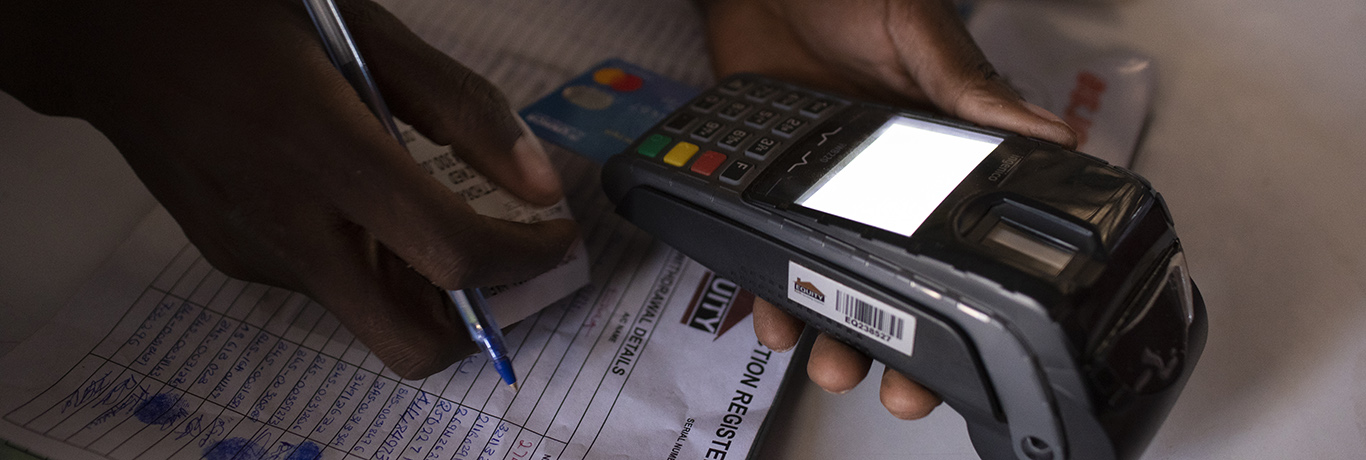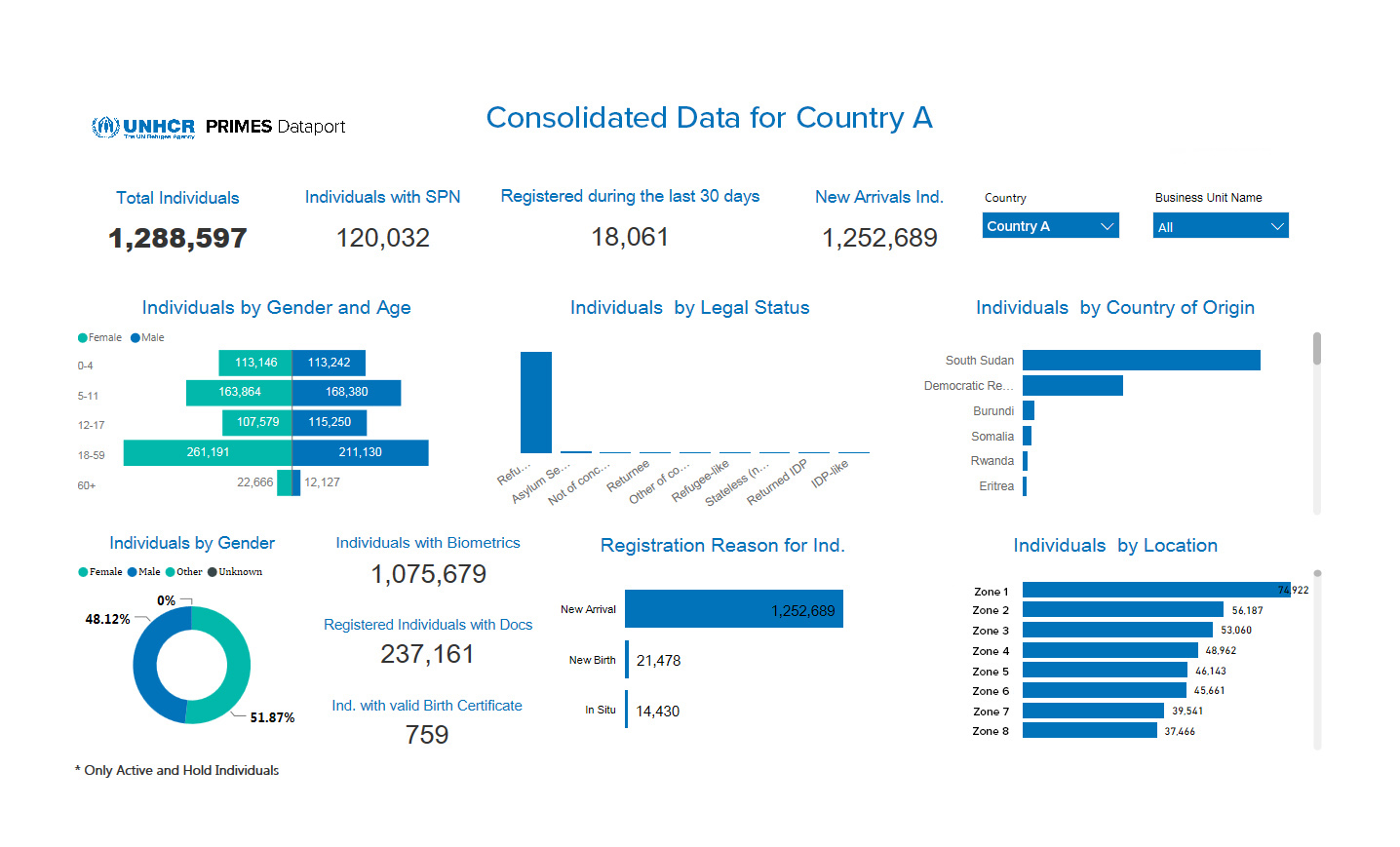UNHCR’s Dataport is a ‘smart’ inventory of UNHCR’s current population information with real-time connectivity to proGres v4. The Dataport draws from proGres v4 to organize data according to operational needs, for example, generating real-time statistics, reports, dashboards and trends analysis with the help of indicators and attributes that cover all thematic, sectoral and case management areas. The Dataport was developed to maximize the potential of the data collected and contribute to global data analysis on displacement. It can be used by UNHCR and Partner Users of PRIMES tools, and will eventually be accessible to persons of concern as well as others looking for statistics on forced displacement.
Dataport tools include:
1. Interactive Statistical Reports
Statistical Overview, Annual Statistical Report and Resettlement Statistical Report.
2. Self-service Platform: Dataport Cubes
Dataport Cubes are a powerful tool to calculate, summarize and analyse data, to help identify correlations and causal relationships, measure changes and observe patterns and trends.
3. Self-service Platform: Power BI Reports
All UNHCR staff can view reports in the Dataport Power BI Workspace. The application can be used to connect to multiple data sources and provide visibility to users by presenting the information in a format that is timely, meaningful and actionable. You can look at current trends and standards depicted on the Power BI dashboards against goals or historical averages and develop customized pivot tables to monitor reliability of the data/trends.
Below is an example of a country operation dashboard. For more details on how to connect to the Dataport, see the User Guide (PRIMES users only).


